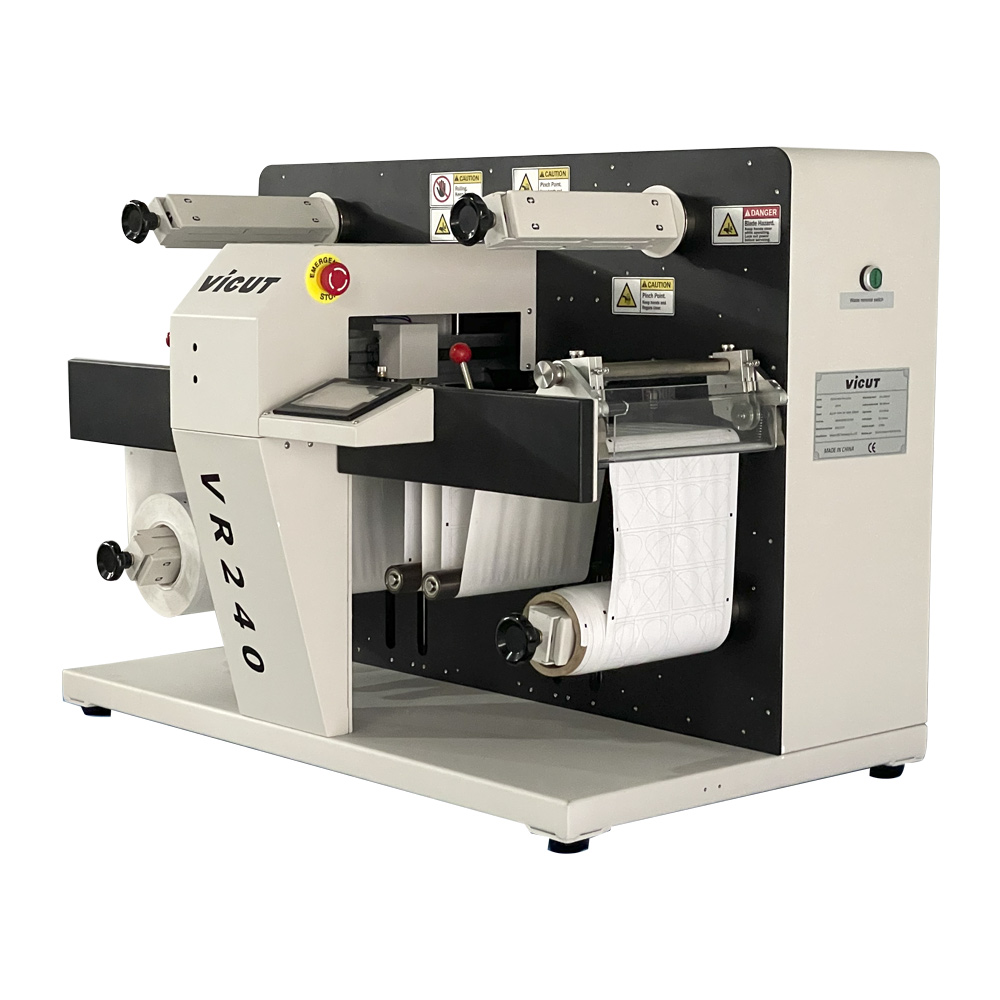
Interfaces usually have a naming convention where they are prefixed with an “I”, so I named mine “IDiceRollSystem”. Create a new C# script inside the Assets/Scripts/DiceRoll folder and name the script DiceRollSystem. We need to actually “roll” the dice, add the bonus, and obtain a final result. Now we need to take our model and do something with it. Here we have provided a preconfigured dice roll for rolling both a six-sided dice and a twenty-sided dice. Public static readonly DiceRoll D20 = new DiceRoll(20) Public static readonly DiceRoll D6 = new DiceRoll(6) In addition to the constructors, you may find it convenient to define a few of the more commonly used DiceRolls. Here we have added a constructor where every field is explicitly provided. The third and final form handles the “2d10+4” style recipe. Public DiceRoll(int count, int sides, int bonus) The bonus is left at its default of zero.

Here we pass parameters to explicitly define the count of dice and the number of sides of the dice. This form would work for the “4d6” style recipe. In this scenario, we assume that the number of dice to roll will be one, and that the bonus to add will be zero. The constructor accepts a single parameter, the number of sides on a dice. This form would work for the “d20” style recipe. Add the following constructors so that we can create dice rolls without specifying anything beyond what we need: There were various forms of the dice roll recipe such as: d20, 4d6, and 2d10+4. I also added the Serializable attribute so we can easily save the structure or display it in an inspector. I can now easily represent a number of dice to roll, the number of sides on the dice, and a bonus to add at the end. This is just a simple data structure that holds fields representing the various aspects of a dice roll. Create a new C# script inside the Assets/Scripts/DiceRoll folder and name the script DiceRoll. We will start by creating a model to represent the dice roll recipe. Let’s begin to implement the above mechanic. So if you see 2d10+4, you would roll two ten-sided dice then add four. It indicates an additional bonus to add or penalty to subtract from the final total result. So if you see “4d6” it would mean to roll four six-sided dice.įinally you might see a ‘+’ or ‘-‘ and a number at the end. In that case, it indicates a count of the dice to roll. You can also see a number appear before the ‘d’ in the recipe. So if you see “d20” it means to roll a twenty sided dice. Simple dice rolls could be represented as “d#” where the ‘d’ stands for a dice and the ‘#’ stands for the number of sides on the dice. Throughout the document you will see a sort of “recipe” for a dice roll. You can control the difficulty of an action by determining a minimum roll requirement necessary for success. The random result is related to the roll of a dice. In the Pathfinder SRD Core Rulebook, Getting Started Section, one may read that both player and non-player actions in the game have a randomness to them. The Tests folder also has an empty DiceRoll folder for unit tests of our scripts. The DiceRoll folder is empty and will hold the scripts we will create in this lesson. Read my post Easy Access Architecture to learn more about that. The Dependency folder contains the script for our Interface Injection pattern.
#DIEROLL D20 LICENSE#
The License file, copied from here, in case you were curious.A Tests folder where we can add unit tests for our scripts.




 0 kommentar(er)
0 kommentar(er)
